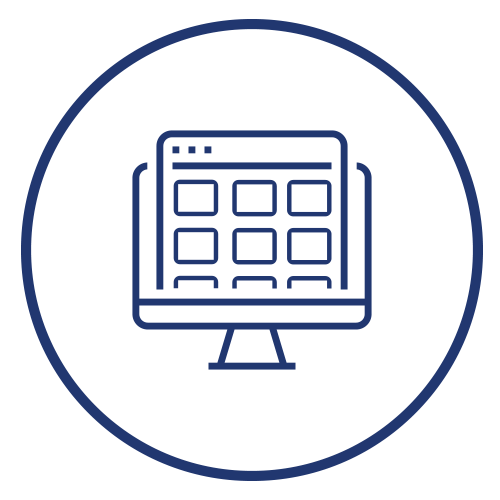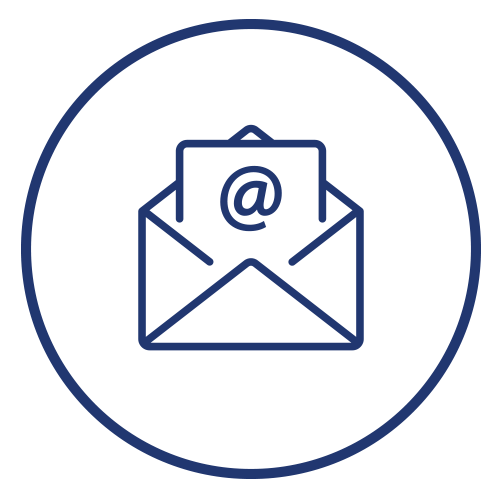
The state of paperless billing in utilities
Paperless billing in utilities, has been around for years.
For the utility, eliminating paper saves time and money (about $0.50 per bill per month!).
For the customer, paperless billing means access to current and past bills with the click of a button. They don’t have to keep track of paper, nor worry about a bill getting lost in the mail. There is also the ease of paying online or even the convenience of setting up automatic payments. Plus, paperless billing has the added benefit of being greener.
However, large portions of utility customer bases have not embraced the digital experience. Why is this, and what can be done?
Types of paperless billing
Utilities typically offer one, or a combination, of the following paperless billing channels:

Portal
The first utilities to create online web portals for billing were ahead of the curve, but having a portal is now expected by customers. Such portals display the type and quantity of service received, the price per unit, and the final sum.
Customers are able to choose between payment options such as credit card and direct deposit.
Taking this a step further, utility web portals allow customers to click on graphs and tables that show energy use and bill trends over time.

Some customers prefer having their utility bills delivered to the inbox. For these people, email billing is a great option.
With email billing, utilities send an attachment of the monthly bill (with all of the same functionality as on the portal).
In this way, customers get the same monthly nudge as with paper, but with the added benefit of immediate online payment options.

Mobile
Mobile offers the ability to view and pay a bill through a mobile-friendly website, a smartphone app or from an email attachment.
Smartphone apps typically offer the same or similar abilities as the web or email version. The key benefit of this option is allowing customers to check-in and pay their bills on the move, no matter where they are.
Paying the bill
Paperless vs. not paperless, also extends to the process of paying the bill. In the past, customers would receive paper utility bills and send a check in the mail.
In the digital age, most customers are comfortable paying bills online via credit card or direct deposit. Whether a customer opts to pay online, depends on factors like convenience, security and ease of use.
Current status of the shift to paperless
How likely is the average American to utilize paperless billing?
The paperless adoption rate for U.S. utilities typically reaches between 15% and 20% of customers. Recently, some utilities have seen that percentage climb to 30%.
That means 70% – 80% of customers have not embraced a digital alternative. This resistance to paperless billing is frustrating for utilities who would like to increase operational efficiency.
The reasons given for customer resistance to paperless billing, include the following:
- Customers worry that an email bill will be easy to miss if it lands in spam or junk folders, or simply gets lost in a busy inbox.
- Some customers prefer the safe feeling they get from possessing a paper version of the bill.
- Others think that paper bills are the only version that can be used as a legal document, such as for proof of residence (this is a misconception, printed digital versions are also considered legally valid).
- Some less tech-savvy customers get frustrated with remembering passwords or finding what they need on a web portal.
- Often, it simply comes down to preference. A 2019 Consumer Action survey found 38% of Americans prefer to get all bills in the mail (though 56% preferred to pay bills online).
Strategies to quicken the shift
As utilities struggle to encourage their customers to more widely adopt paperless billing, there are many options to quicken the adoption rate.
In particular, the Striata process for adoption and eConsent has empowered utility clients to reach 40% to 45% paperless billing from their customers! One such strategy includes doing more to differentiate between going paperless via email vs. other channels.
Receiving email bills is the paperless equivalent of the path of least resistance. Email billing appeals in particular to the audience who doesn’t want to register for the portal. By removing this friction from the paperless process, Striata has unlocked growth above average paperless adoption numbers.
Utilities achieving their paperless and cash flow goals
One example of a utility embracing the Striata processes, saw their paperless billing grow from a paltry 14% to an above-average 30% in just five years.
Today, that utility’s paperless adoption has risen to over 45%. Additionally, this utility partner has also seen the portion of their customers who pay within a week, rise to an astounding 57%, significantly improving cash flow.
A second case study saw paperless adoption numbers for a client increase from 28% to over 31% in 10 short months. This utility also found that customers now choose to pay directly from the bill, once they see the one-click payment option.
To sum up, while paperless billing has been around for years, utilities do not have to accept stagnating adoption numbers. Adding a digital channel or a value-added service can reignite customer interest in going paperless and help to move the dial on adoption rates in the right direction.















